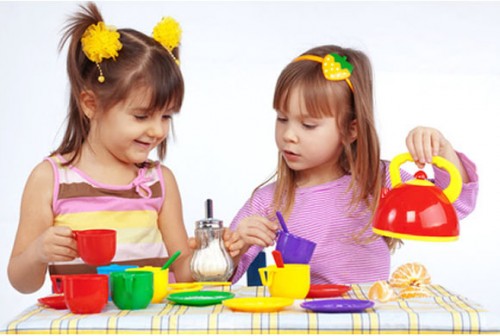Toys are an inescapable part of any childhood. This is why selling toys is a billion dollar industry, with new kids toys being introduced to the market every year. That being said, there is a difference between toys that have educational benefits and toys that are merely gimmicky fun. In this article, we will look at what are some of the recommended toys for parents to consider.
What are the toys parents should not buy?
Toys play a big part in a child’s learning journey. Through their interaction with toys, a child can potentially learn skills such as creative thinking, problem solving and physical coordination. Unfortunately, most toys are not developed with any input from child psychologists. This is why you see many types of toys that react with only a push of the button. These toys don’t cultivate any form of learning with your child as they don’t develop any of the skills mentioned above.
Recommended Learning Toys for Kids
As parents, it is important to know what constitutes good kids toys that help your child gain important lifelong skills. Below are what we think are good options:
Building Block Toys (E.g. LEGO)
Toys that are designed for kids to build things inherently stimulate their creativity and imagination. The good thing about such toys is that they let children develop a sense of possibilities, which in turn will stimulate their brain to think of different solutions and things to build.
Blocking block toys can even help to develop your child’s reading habits. Imagine this: after reading a fairytale, your child can proceed to build the magic castle featured in the story or even recreate the entire story, which will further encourage him or her to read more books. This virtuous cycle is needed to help children develop positive habits such as reading. This is also why we offer such toys as prizes for our young members to redeem with their KoKo Credits.
Puzzle Solving Toys
Puzzles are useful in helping to cultivate problem-solving skills in kids. Certain models even train kids in how to recognise patterns from which to spot the solution. Jigsaw puzzles are the most common and are great for children above 8 years old, helping them develop keen observation skills. For younger kids, parents can consider using puzzle books. These books contain easy-to-solve puzzles that can be enjoyed within a simple story.
Arts and crafts
Another recommendation is arts and crafts. Things like painting, pottery, and even balloon sculpting are excellent ways to encourage creative thinking. Apart from lessons, parents can also purchase DIY art and craft kits for their children to try. For younger children, there are instructional art kits or books that provide a tighter framework for the kids to play with. For older children, the art kits allow more independent play.
Are gadgets a good toy to buy for kids?
One disturbing parenting trend today is that very young kids (even down to age 2) are being given mobile devices for their playtime. While this is very convenient for parents when they need to distract or entertain bored children, it raises a number of issues that may leave a lasting negative impact:
- Shortened attention span. Due to the high level of stimulation offered by these devices, a child’s brains may become accustomed to respond only to highly stimulating content. This makes it hard for the child to concentrate in normal life where the level of interactivity is not as high as in a mobile game.
- Reduced development of critical skills. Creativity, problem solving, and fine motor skills are barely cultivated by these devices. Many mobile apps and games only require the pushing of a button or the swiping of the screen to induce a reaction from the “toy”. While older children can benefit from well-developed mobile apps and games, there is usually no mechanism to encourage toddlers and young children to develop thinking habits that will be important in the later part of their learning journey.
- Strain on eyes and hands. While there is no conclusive evidence on whether screen time affects children’s eyesight, cases of hand injury due to overuse of mobile devices has been reported. Do remember that this is a time when the human body is growing and developing. Over-consumption of anything has negative effects so just as you would not want your child to read for hours on end, it is advisable to restrict the number of hours your child gets to play with these devices.
Having said the above, exposing children to technology is not a bad thing as this encourages familiarity with the world in which they grow up, which in turn will help them in their future careers. The important thing is to prevent over-usage and to be conscious of what your child is actually learning on these devices. When the right games, apps, and platforms are selected, technology becomes a useful tool for learning.

at 12:32 AM
It seems still important to let your children have a say on which toy they would like even if the answer isn’t always “yes.” Thanks for sharing.